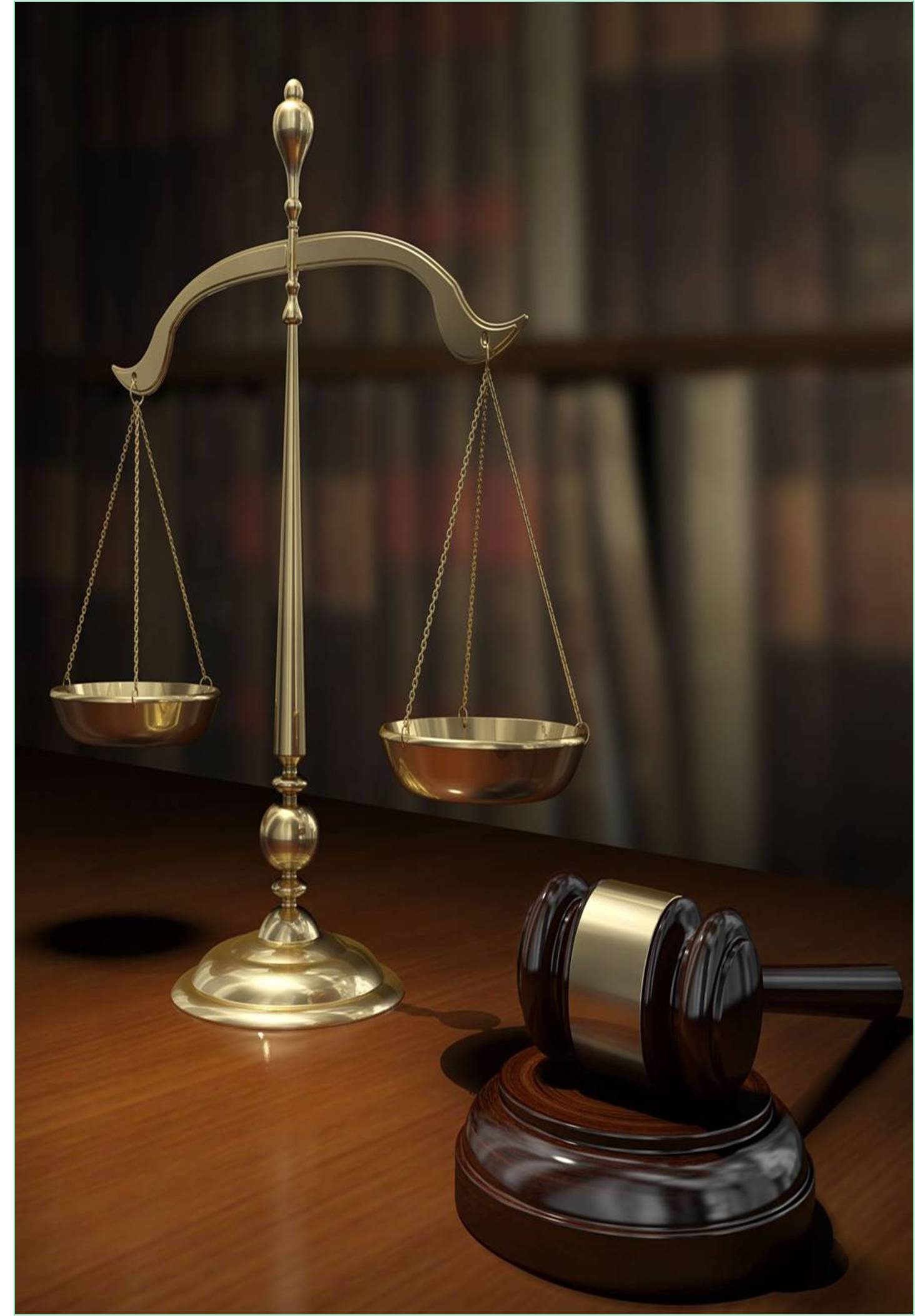



Received: 25-Jul-2022, Manuscript No. IJLCR-22-61310; Editor assigned: 28-Jul-2022, Pre QC No. IJLCR-22-61310(PQ); Reviewed: 11-Aug-2022, QC No. IJLCR-22-61310; Revised: 18-Aug-2022, Manuscript No. IJLCR-22-61310(R); Published: 25-Aug-2022, DOI: 10.15651/2408-5512.22.10.053
Civil law deals with acts that constitute injury to an individual or other private entity, such as corporation. Examples include defamation (libel and slander), breach of contract, negligence leading to injury or death, and property damage. Civil law is a collective term for all noncriminal law and is commonly used to resolve financial or property disputes between individuals. In short, civil law guarantees that an individual's rights or interests (such as contractual interests) that have been violated by another individual or entity will be treated and claimed. In court, anyone involved in either side of a case is called as "party." Civil law is usually divided into four different areas that can overlap in some cases as contract Law, property Law, family Law, tort Law (Cheh, 1990).
Criminal law deals with acts that constitute or may be interpreted as criminal offenses against public, society, or the state, even if the immediate victim is an individual. Examples include murder, assault, theft, and drunken driving. A criminal offense is a crime that violates the provisions of criminal law or other federal laws. In Canada, a crime is legally considered an offense against the state, even if a particular person is the victim of the crime. Common criminal offenses in the criminal code are assault, Impaired for driving, robbery.
Cases
In some cases, both civil and criminal proceedings can result from the same case. Perhaps the most prominent example of this scenario is a Simpson Case- His accusation was dismissed, but the victim's family successfully sued him in a civil court. This may seem like a non-uniform application of justice, but keep in mind the standard of burden of proof. Civil proceedings do not have to be as secure as criminal proceedings to win a decision. Therefore, in this scenario, the criminal jury considered at least some suspicion of Simpson's guilt, but the jury felt it met the standard of a preponderance of evidence (Fellmeth, 2005)
Punishment
One of the notable differences between civil law and criminal law is punishment. Under the criminal law, convicted persons are subject to imprisonment, fines and, in some cases, the death penalty. Under civil law, the losing party must pay the plaintiff the amount of damages determined by the judge, known as punitive damages. Criminal proceedings are more serious than civil proceedings, in that criminal defendants have more rights and protections than civil defendants (Pejovic, 2001).
Burden of Proof
Another important difference between civil and criminal cases is that the parties need to win the case. In both cases, the prosecutor must fulfill the burden of proof that is, the obligation to prove or substantiate the allegations made. Criminal cases and the associated strict penalties require higher standards than civil cases. The criminal law has a standard that the defendant has committed a crime "without reasonable doubt". In civil cases, the burden of proof is lighter and is usually based on "evidence dominance" or "clear and compelling" criteria. These different criteria may seem a bit frustrating to those unfamiliar with them. You may have heard of a criminal case where evidence suggests that the suspect is likely to be guilty, but he has not been convicted. In these cases, the defense counsel worked to puncture the evidence presented and the credibility of the witnesses in order to make the jury reasonably suspicious. The burden of proof, the rules of evidence, the litigation strategy, and the general philosophy of litigation differ between the two (Robinson, 1992).
Statute of Limitations
There is also a significant difference in the time it takes for a prosecutor or plaintiff to file a complaint or claim against a defendant after a case. These rules are intended to protect the defendant from improper claims. Each state has its own guidelines for doing this, but keep in mind that many serious crimes such as murder, theft, kidnapping, and sexual assault may not have a statute of limitations.
Appealing Rulings
One of the basic principles of the judicial system is the ability to appeal a court decision. Both criminal and civil cases can be appealed to the Court (the final arbitrator will depend on the circumstances of the case). There are important differences between the civil and criminal appeal process. In civil matters, either party can appeal the decision but whereas in a criminal case, there is good reason and only the defendant can appeal the decision. The "Double Jeopardy" clause of Article 5 of the Constitutional Amendment protects individuals from the threat of retrial after acquittal. Without it, in theory the government could face a series of on-going trials of the same crime until it received a favorable verdict (Taft, 1905).
Cheh MM (1990). Constitutional limits on using civil remedies to achieve criminal law objectives: Understanding and transcending the criminal-civil law distinction. Hastings L J. 42:1325. [Googlescholar]
Fellmeth AX (2005). Civil and criminal sanctions in the constitution and courts. Geo L J. 94:1. [Googlescholar]
Pejovic C (2001). Civil law and common law: Two different paths leading to the same goal. Poredbeno Pomorsko Pravo. 155:7. [Googlescholar]
Robinson PH (1992). The criminal-civil distinction and dangerous blameless offenders. J. Crim. L. & Criminology. 83:693. [Googlescholar]
Taft WH (1905). The administration of criminal law. Yale Law J. 15(1):1-7. [Googlescholar]